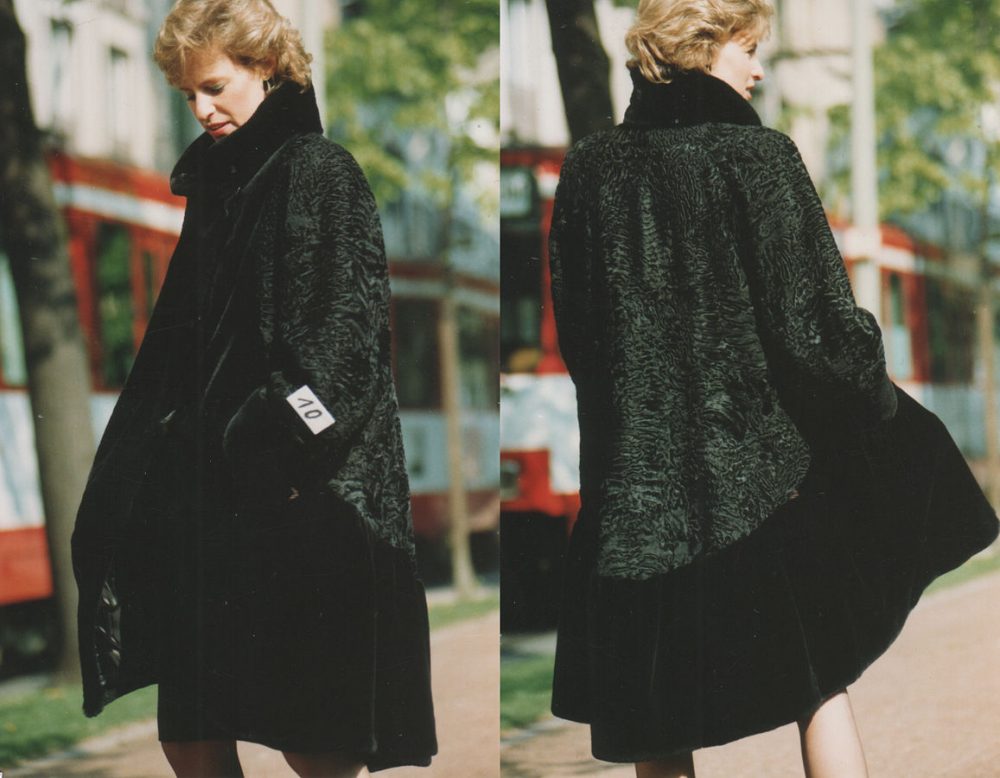For the highest of luxury and decadence when it comes to fur coats, a sheared mink coat cannot be beat. Mink fur has been one of the most popular types of fur for use in warm protective wear, such as overcoats, gloves, hats, and scarves. Mink fur is sought after due to the abundant and thick fur, velvety texture, and soft sheen.
Traditionally, mink fur products are thick, voluptuous, and decadent, which is a product of natural mink coats. However, modern fashion trends are slowly learning towards the use of sheared mink fur, which produces a sleeker and thinner fur product without losing any of the softness and luxurious feel of the fur.
Knowing the Animal: What is a Mink?
Minks are mammals that are classified under the genus Mustela and they are related to other carnivorous animals such as otters, stoats, and ferrets. Minks are known for their long, slender bodies, short legs, and most importantly, their naturally thick and abundant fur coat. Minks that are used for making fur coats are reared in mink farms that are found all over the world.
Aside from the natural softness and insulation that mink fur provides, another reason for the widespread popularity in using mink fur is the wide range of natural colors. Mink fur comes in three natural basic colors: white, brown, and gray. Due to selective breeding in mink farms, there is already fifteen gradations of color that can be produced, including gold, palomino, and pearl. There is even a rare color hue called Jaguar, which is a bright white coat with black spots.
Natural Mink Fur vs. Sheared Mink Fur
Traditional mink fur products use natural mink fur, which means that the whole pelt is used. However, there is a rising demand for more casual mink fur wear, so more and more people are using sheared mink fur. Sheared mink fur is produced by shearing off most of the fur, except for a thin layer just above the skin. Using sheared mink produces a type of pelt that’s sleeker, thinner, and easier to use in making coats, jackets, hats, and gloves. By comparison, a sheared mink coat is thinner and lighter than a natural mink coat, but still offers much more warmth, comfort, and insulation than coats made with other types of fur.
Another reason why sheared mink fur coats are becoming popular is that they are more versatile and you can wear them even to casual outings. They also don’t require as much care and maintenance as a natural mink fur coat.
Taking Care of Your Mink Fur Coat
That being said, there is still a considerable amount of care and maintenance that you need to put into looking after a sheared mink fur coat. After all, sheared mink fur coats still command a premium price, so you want to take care of your investment in order to enjoy it for a long time!
Here are some tips that you can use to take care of your sheared mink fur coat:
Daily Care Tips
· Use a sturdy and broad padded hanger to keep your sheared mink coat fur in your closet. The hanger should be broad enough that the neck of the hanger is not touching the collar of the coat.
· Use a cotton garment bag to store your fur coat, as plastic or polyester garment bags will not allow the coat to “breathe”. Without proper air circulation, the natural oils on the fur will dry out and cause the hide to crack.
· Do not use strong-smelling or oil-based perfumes when wearing your mink coat, as there can be chemicals that can damage the coat.
Professional Cleaning
Always take your mink coat to a professional cleaner if you need to clean or refresh your coat. Professional cleaners will be able to use special cleaning compounds and methods that are designed to maintain your mink coat’s integrity and softness. Do not attempt to clean your mink coat at home as it is quite easy to accidentally ruin your mink fur coat.
Storage Tips
During the off-season, you need to store your sheared mink fur coat properly. Make sure to store it in a cool, dry place as heat and sunlight can damage the hide of the coat. The optimum temperature range for storing your fur coat is around 45⁰F, with around 50% humidity. Make sure that the storage unit is also dark, as prolonged exposure to light can bleach and lighten the fur. If possible, make sure that the storage unit is hermetically sealed to prevent moths and other insects from destroying your fur coat.
Feature photo: wikimedia.com

